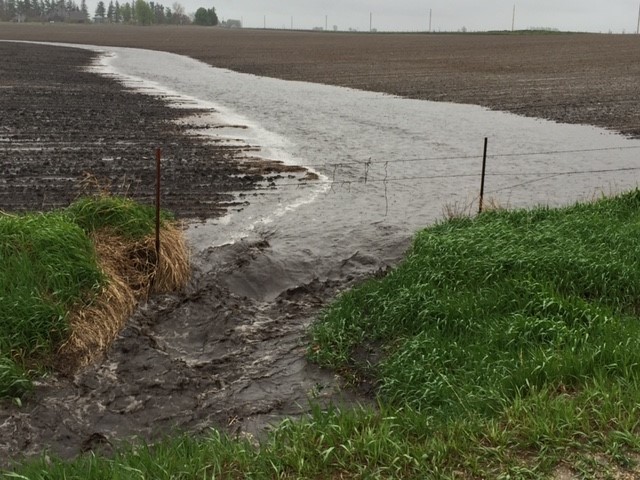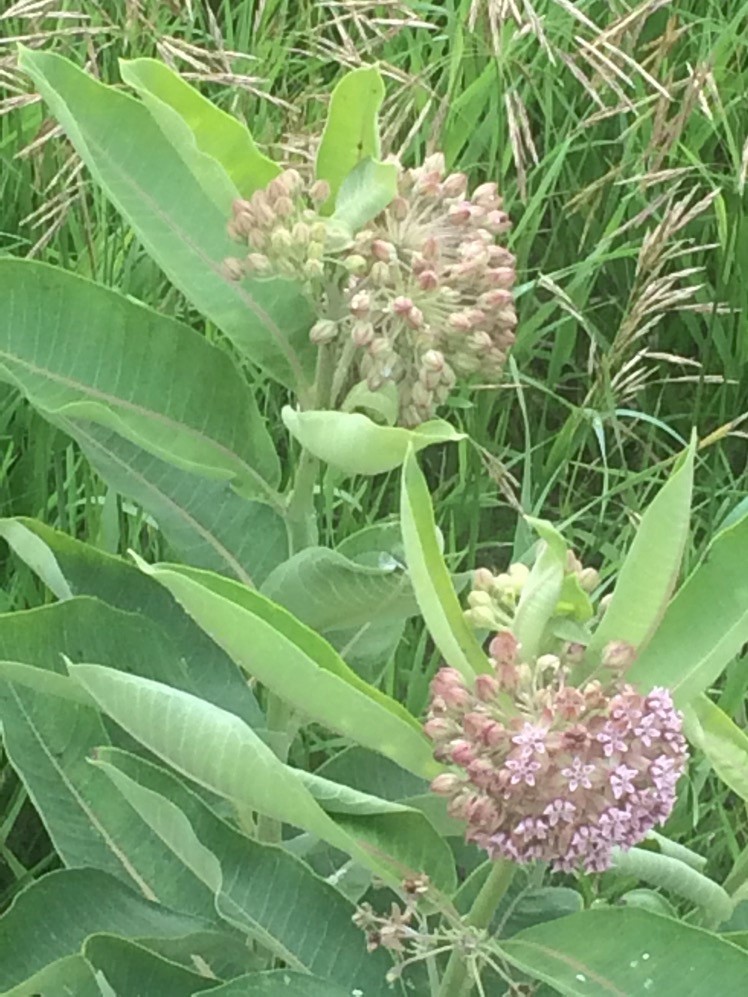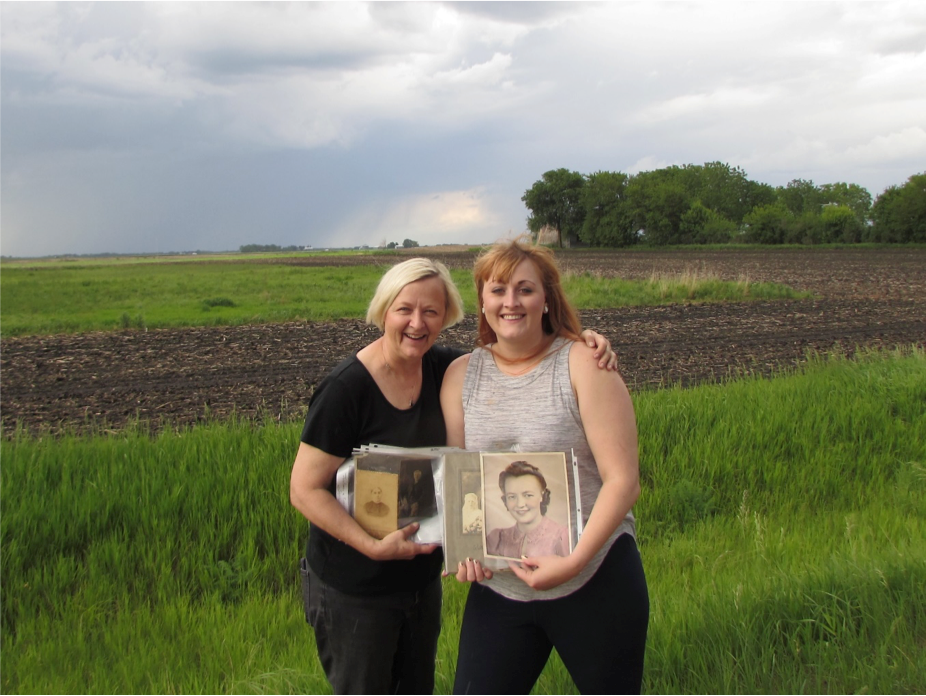Women Leading Landscape Change
Angie Carter
Land is power. In Iowa, where my work has focused, women own half of the farmland. This pattern of land ownership is not new and has been documented since 1982, yet agricultural professionals, researchers, and policy makers are only just beginning to pay attention to how important these women are to enacting landscape change.
My research studying gender in agriculture began in collaboration with the Women, Food and Agriculture Network when I joined their board as a MS student. Women, Food and Agriculture Network (WFAN) is a non-profit organization with a mission “to engage women in building an ecological and just food and agricultural system through individual and community power.” WFAN’s research into these questions over the past fifteen years emphasizes the importance of different approaches to agricultural research and outreach if we wish to transform power on the land. Organic farmer Denise O’Brien and rural sociologist Betty Wells began a participatory study of women farmland owner in Cass County, Iowa in 2004. Agricultural educator and evaluator, Jean Eells, used this early research to inform her institutional ethnography of conservation agencies and eventual development of WFAN’s Learning Circle methodology for outreach and education with agricultural women in 2008. My own research has built upon their work, Learning Circles and other networks of women can create opportunities for landscape change.
In 2015, through funding from a Toyota TogetherGreen Conservation fellowship and a research grant from the Leopold Center for Sustainable Agriculture at Iowa State University, Betty Wells and I partnered with WFAN and women in Iowa’s Raccoon and Des Moines River watersheds on a participatory photovoice project. Photovoice is a methodology in which individuals take photos and write accompanying narratives that are then shared within a small group. The iterative discussion that happens within the group reveals connections, quesitons, and new understandings about experiences and what we see in our everyday lives.
The women participating in the project all owned land in watersheds where ongoing agricultural pollution has brought media attention and political controversy. Those involved in the project met throughout the winter of 2015-2016 in-person as well as through conference calls and through communications in a shared listserv. They chose to display their pictures and stories as a public exhibit named River Stories: Views from a Watershed, first exhibited in Perry, Iowa in the summer of 2016.

From “Waterway” by Colleen Radebaugh
Since that time, the exhibit has traveled across the state to be displayed at libraries, conferences, and other public venues. The exhibit highlights the real problems in the watershed, such as soil erosion, flooding, and the loss of biodiversity, but also celebrates wildlife, intergenerational learning, and opportunities to heal the land. The exhibit also reframed discussions about conservation and water quality from individualistic arguments about blame and bad actors to an interactive discussion about collective concerns that impact all in the watershed and downstream. In “Waterway,” Colleen Radebaugh asks, “Can you see where our neighbor might add a grass waterway to slow the water down? All this water and topsoil is flowing through our grass waterway into Bower’s Run before emptying into the Raccoon River. We all need to work together to improve the quality of our soil and water.”

From “Walking Beans and Monarch Milkweeds” by Chris Henning
Chris Henning, remembering the changes that she has witnessed throughout her life on the farm, contemplates the spraying of milkweed with Round-Up today or how she used to pull them as weeds when walking beans as a kid. She asks, “How many monarchs perish in our need for the cleanest bean field and fence row to fence row monocultures of corn and beans?”
Small in scope, but mighty in message, the River Stories exhibits offers a narrative for a different path forward in the watershed – one that prioritizes health of the land and people. The project offers us a question – what if we all took the time to share together our care for and work toward healthier futures? How might these create new connections and build different forms of power on the land?
“One of the side benefits of the project, beyond spreading the word about issues affecting the watershed, is the opportunity to meet some like-minded women who are willing to roll up their sleeves and make a difference. As a fifth-generation female farm owner, I was surprised to learn how many Iowa farms are owned by women, with the numbers predicted to grow even higher in the next twenty years. Working with these women has inspired me to spend time learning more about the importance of crop rotation, cover crops, and protecting our water sources,” shared Jan Kaiser, one of the River Stories project leaders.

From “Legacy of the Land” by Jan Kaiser
Our work as critical scholars studying rural people and places asks often overlooked questions about rural histories and rural futures. These questions challenge status quo, empowering new paths of research and the creation of new relationships with those forgotten or silenced in rural and agricultural studies. Here’s to continuing to travel these paths together.
Angie Carter is an assistant professor in environmental and energy justice at Michigan Tech University.
